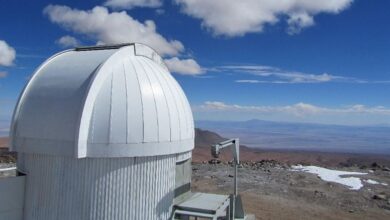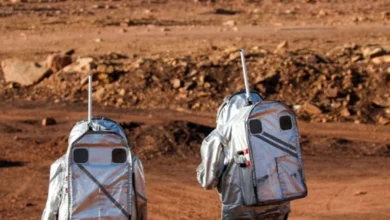Over 100 deep sea species, including ‘walking fish’ discovered by Chilean expedition
The primary objective of the expedition was to analyse the changes in the Benthic communities across different depths and seamounts

An international team of scientists has made a significant discovery and identified more than 100 deep sea species residing on seamounts off the Chilean coast as reported by Voice of America. The expedition which was led by Erin Easton, an assistant professor at the University of Texas Rio Grande Valley, focused on the Nazca Ridge, Salas y Gomez Ridge, and the Juan Fernandez ridge as the team delved into the depths of the ocean to examine seamounts and collect specimens of the seamounts.
The primary objective of the expedition was to analyse the changes in the Benthic communities across different depths and seamounts. They also wanted to assess the distinctiveness of each community and inform conservation management strategies for the unique ecosystems.
The expedition yielded exciting findings, with observations of over 150 species previously unreported in the region. Some of the exciting discoveries were cactus urchins, towering at approximately half a meter, and ancient bamboo coral forests, suggesting thousands of years of growth. They also meticulously mapped 52,777 square kilometres of seafloor terrain.
Jyotika Virmani, executive director at Schmidt Ocean Institute, told VOA the significance of these findings. “There’s a lot of areas of the world that have never been seen and never been mapped. So, in addition to the new species, they discovered four new seamounts as well, which are basically underwater mountains,” she said.
In addition to the new species discovered, the expedition unveiled four previously unknown seamounts, highlighting the vast amount of places on Earth under the ocean’s surface that humans know nothing of. The region’s biodiversity and complex geological formations also make it a focal point for scientific inquiry. Its convergence of tectonic plates adds to its geological significance, emphasising the need for continued exploration and conservation efforts.
You might also be interested in – Dealing with climate change: Scientists planning to block the sun to cool off earth



